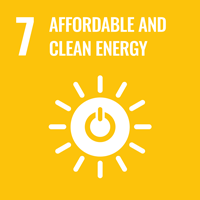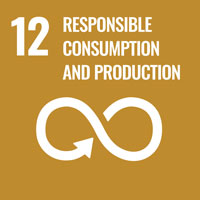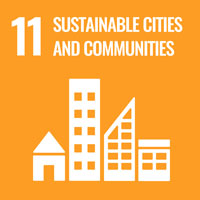Discover the Sustainability Trail
The Sustainability Trail is a series of plaques featuring sustainability initiatives across the North and Lakeshore campuses. The plaques raise awareness on how sustainability is embedded in campus life from operations to academic programs.
The project was created as an engagement and education tool to promote the diverse sustainability features championed by the Humber community.
You can take yourself on a self-guided tour by browsing for Sustainability Trail on the Campus Compass app. Explore all the Sustainability Trail stops below.
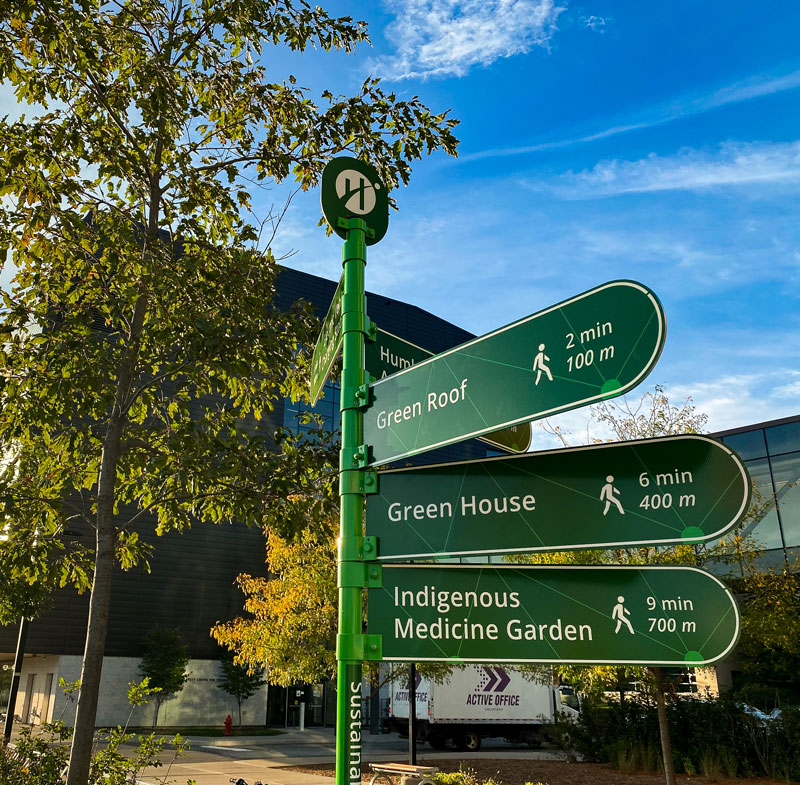

North Campus Plaques
Explore the plaques located at Humber's North Campus, demonstrating Humber's commitment to sustainability and innovation.
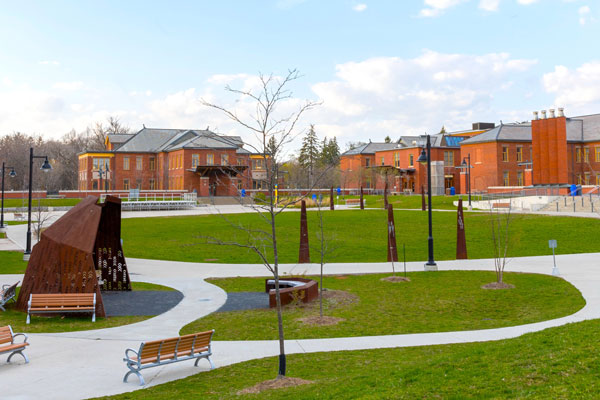
Lakeshore Campus Plaques
Explore the plaques located at Humber's Lakeshore Campus, demonstrating Humber's commitment to sustainability and innovation.
North Campus Plaques

BCTI Net Zero Energy Building
The Barrett Centre for Technology Innovation (BCTI) is one of the most sustainable buildings at Humber’s North campus. The BCTI is both LEED Platinum certified and a net zero energy building, meaning that all the energy needs of the building are offset by the solar panels located on the nearby Commuter Hub.
Additional sustainability features of BCTI include a green roof and pollinator garden, planted and cared for by students studying horticulture and landscape management. BCTI is also a designated Low Waste Event Space, meaning that little to no single-use products are used during events.
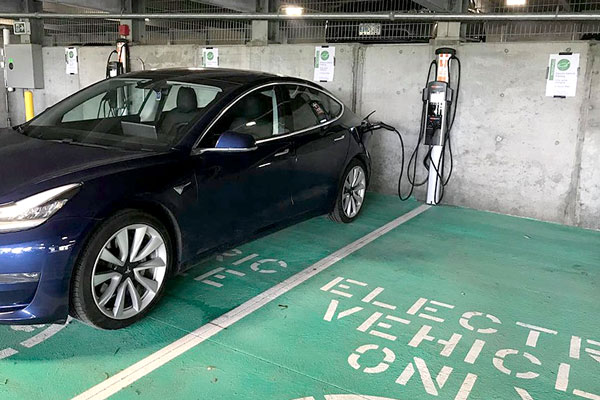
Electric Vehicle Charging Stations
The Commuter Hub has 16 Electric Vehicle charging stations which are open to both the public and Humber community, offering complimentary charging for the first four hours of use. Find them on the first level. Offering electric vehicle charging infrastructure is an important part of Humber’s commitment to reducing greenhouse gas emissions and providing sustainable transportation options to the community.
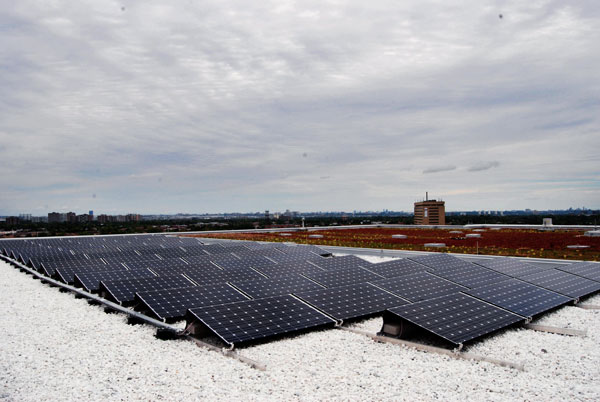
Green Roof
The Learning Resource Commons (LRC) has many sustainability features, including a green roof. Green roofs are important in urban areas where natural landscapes have been significantly changed by infrastructure such as roads and buildings. They can reduce Urban Heat Island effect and help with stormwater management. Green roofs can store most of the water that falls on them, allowing for the slow filtration of stormwater runoff and reduced stress on sewer systems during peak rain periods. They also increase beautification and capture airborne pollutants.
In 2015 the LRC achieved Leadership in Energy and Environmental Design (LEED) Gold certification for Building Design and Construction.

Fair Trade Campus
The Fair Trade Campus designation has been awarded to both Humber’s North and Lakeshore Campuses. This designation represents our support for fair wages and good living conditions for farmers and workers.
Fairtrade coffee, tea and chocolate can be found in various locations across North and Lakeshore campuses.
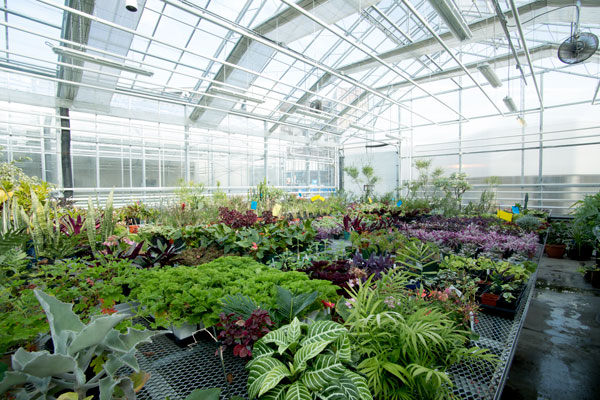
Greenhouse
Through this window you can see G Building, Humber’s greenhouse where students in horticultural programs learn to propagate and nurture plants in a greenhouse setting without the use of pesticides or synthetic fertilizers.
Students from culinary programs also use the greenhouse to learn about plants and gather vegetables and herbs for meals prepared and served at Gourmet Express and the Humber Room. The greenhouse also has a rainwater collection system, minimizing the building’s water consumption.
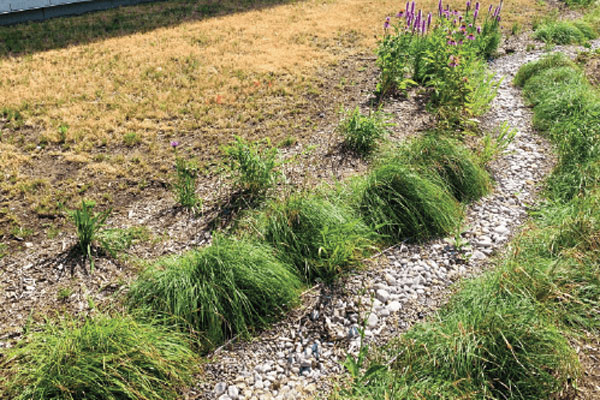
Bioswale
Bioswales are a low-impact landscaping practice, consisting of gently sloped channels designed to catch, store and filter stormwater.
This bioswale acts as a catchment and retention pond where water is directed to, allowing sediment to settle and be filtered before draining into the Humber River. Without bioswales, water and melting snow run over pavement causing an overflow of polluted stormwater in our waterways.
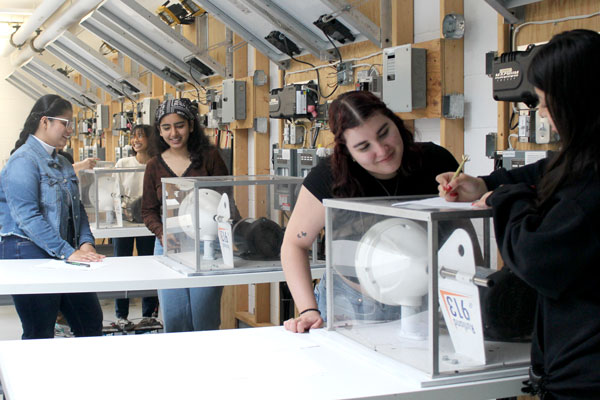
Demonstration Photovoltaic System
Four demonstration photovoltaic systems are located on the roof of L Building and provide experiential learning opportunities for students.
Online monitoring is used to measure energy and compare the performance of fixed and tracking solar photovoltaic systems. An electrical plug located near L226 is 100% powered by the demonstration solar panels.
Indigenous Medicine Garden

This garden, the first interdepartmental collaboration with Indigenous staff at Humber, was built as part of an Introduction to Horticulture Program for Indigenous students in 2011. It was designed by Lynn Short, Horticulture Professor, and Rob Lipscombe, Arboriculture Program graduate. The garden was built by Indigenous students, guided by Paul Ronan, Professor of Landscape Construction and Horticultural Skills, and has been maintained by staff from Indigenous Education and Engagement (IE&E) since its creation.
The Medicine Garden is divided into four quadrants with plants in each quadrant representing the colours of the medicine wheel: red, yellow, black, and white. The plants include three of the sacred medicines; Asemaa (Sacred Tobacco), Muskodaywushk (Sage) and Weengushk (Sweetgrass). The fourth sacred medicine, Geezhig (Cedar) was used in the upper structure only because small cedar plants would be eaten by the deer. The upper structure has seven cross pieces in each direction to remind us of the Seven Gifts of the Grandfathers; Wisdom, Love, Respect, Bravery, Honesty, Humility and Truth.
The garden and medicines are used for ceremony and are harvested only by knowledgeable staff from IE&E. It is important to be respectful of the location and components of the garden at all times. Please enjoy the garden from a respectful distance.
Lakeshore Plaques

Electric Vehicle Charging Stations
The Student Welcome and Resource Centre parking garage has Level 2 Electric Vehicle (EV) charging stations which are open to both the public and Humber community, offering complimentary charging for the first four hours of use.
Offering electric vehicle charging infrastructure is an important part of Humber’s commitment to reducing greenhouse gas emissions and providing sustainable transportation options to the community.
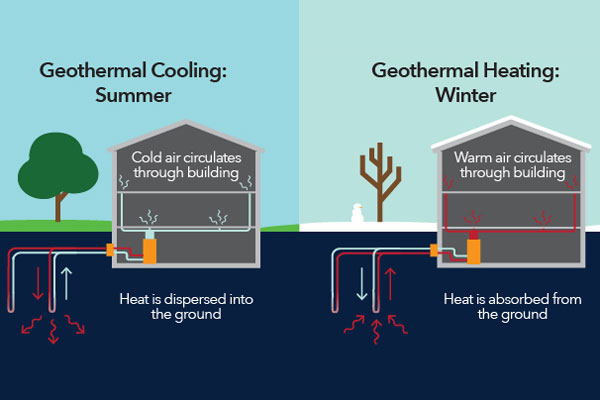
Geothermal System
M building is heated and cooled by a geothermal system. The system operates by exchanging energy between a building and the earth through liquid travelling in pipes hundreds of feet under the ground. In the winter when the ground temperature is warmer than the air, the system captures that heat energy by warming up the liquid in the pipes and bringing it into the building. In the summer, the liquid in the pipes warms while in the building and transfers that heat into the ground providing a cooling effect. Geothermal is a renewable energy source where the earth is a sink for excess heat energy during the summer, and a source of heat energy during the winter.

Fair Trade Campus
The Fair Trade Campus designation has been awarded to both Humber’s North and Lakeshore Campuses. This designation represents our support for fair wages and good living conditions for farmers and workers.
Fairtrade coffee, tea and chocolate can be found in various locations across North and Lakeshore campuses.
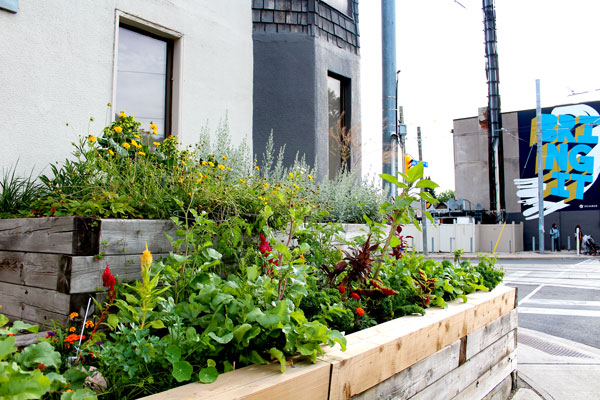
GARDENS Lakeshore
The GARDENS Lakeshore is a community gardening group that grows vegetables in raised garden beds across South Etobicoke. Vegetables harvested are donated to the local community and to the Daily Bread Food Bank. The GARDENS Lakeshore also hosts events during the growing season and offers capacity-building opportunities for South Etobicoke residents.
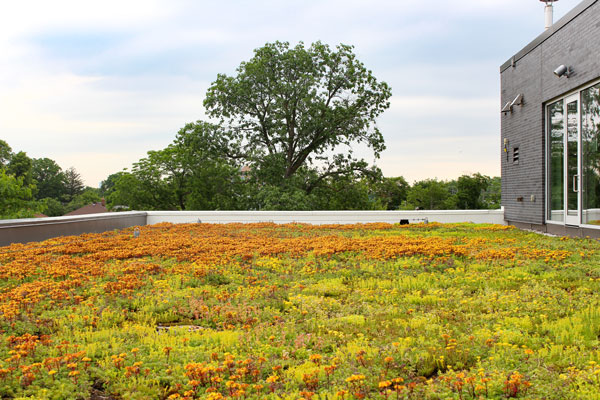
Green Roof
Among the many sustainable features of the Humber Athletics Centre is a 2,000 square foot green roof. Green roofs are important in urban areas where natural landscapes have been significantly changed by infrastructure such as roads and buildings. They can reduce Urban Heat Island effect and help with stormwater management. Green roofs can store most of the water that falls on them, allowing for the slow filtration of stormwater runoff and reduced stress on sewer systems during peak rain periods. They also increase beautification and capture airborne pollutants.
In 2016 this building achieved Leadership in Energy and Environmental Design (LEED) Silver certification for Building Design and Construction.
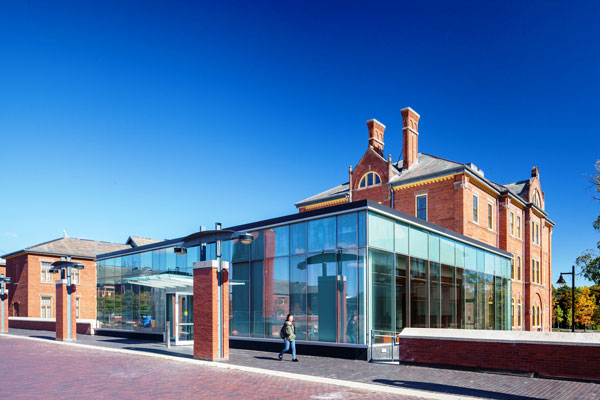
Sustainable Retrofit of the Cottages
In 1989, Humber College signed a 99-year lease for the ten cottage buildings and in 1991 a complete restoration began. The first wave of renovations lasted until 2010 and included sustainability features in the building envelope and windows making these buildings some of the most efficient at Humber, even though they are the oldest. These renovations are an excellent example of adaptive reuse as saving and maintaining the historic brick, windows and roofs means less materials are used.
G Building was the last cottage to be renovated in 2016 and included the addition of a flexible events space. The entire project prioritized the reuse of existing buildings to reduce waste.
Adoobiigok: Place of the Alders

The Humber Campuses are situated along Gabekanang Ziibi – the Humber River watershed. This area provides a home and habitat for 600 bodies of water, 755 species of plants, 42 species of fish, and over 185 species of animals. You are currently standing on the traditional and treaty lands of the Mississaugas of the Credit, known as Adoobiigok, the “Place of the Alders”.
The land is also located within the Dish with One Spoon Treaty, that binds the Anishinaabe, Mississaugas and Haudenosaunee peoples to share the territory and protect the land. Subsequent Indigenous Nations and Peoples, Europeans and all newcomers have been invited into this treaty in the spirit of peace, friendship and respect.
